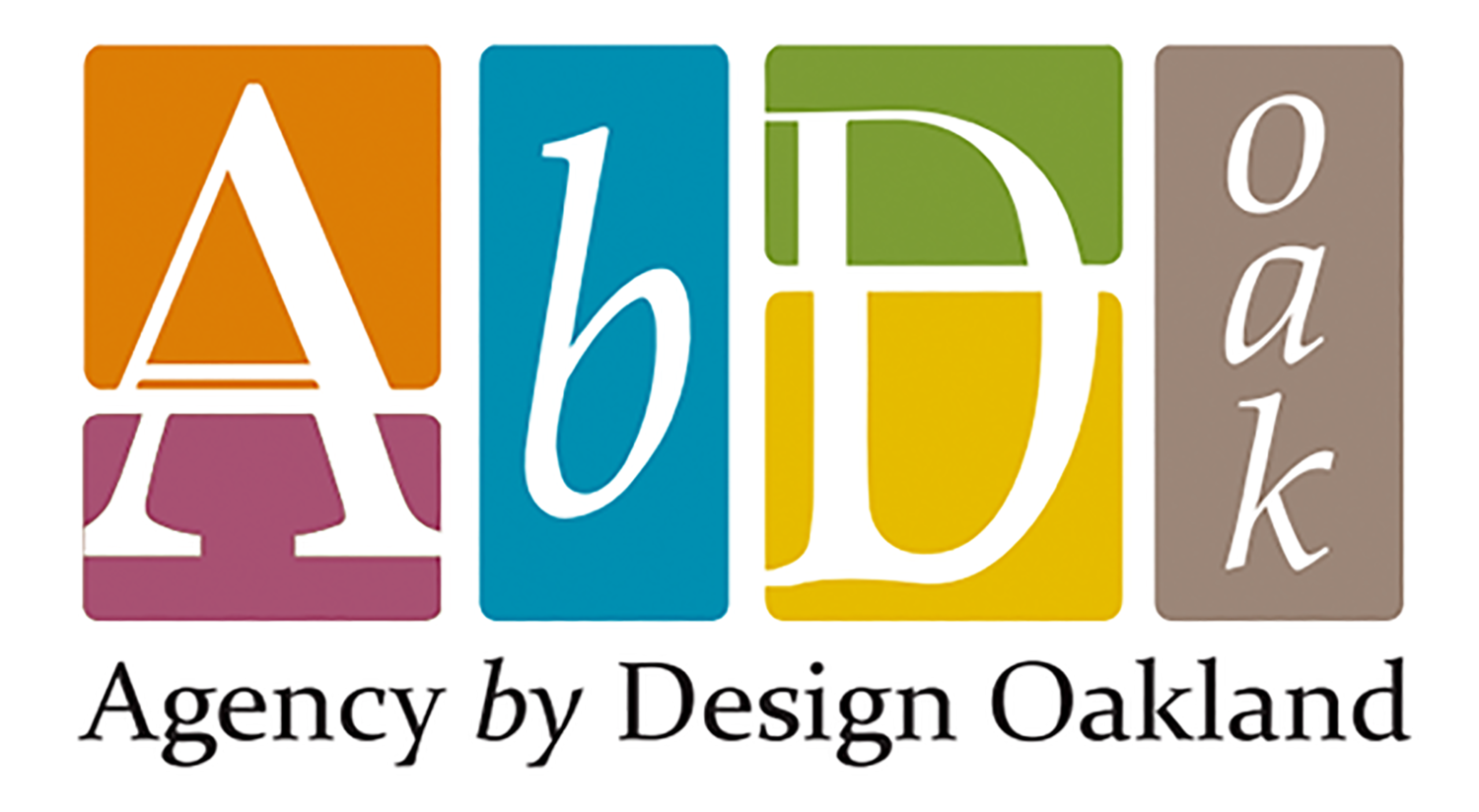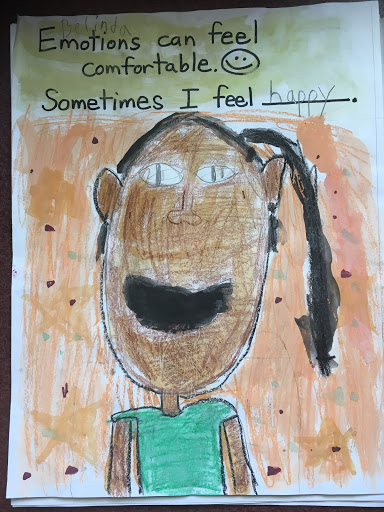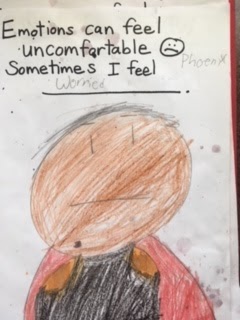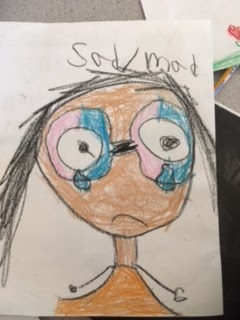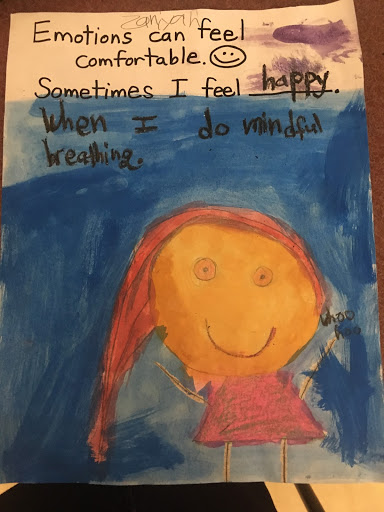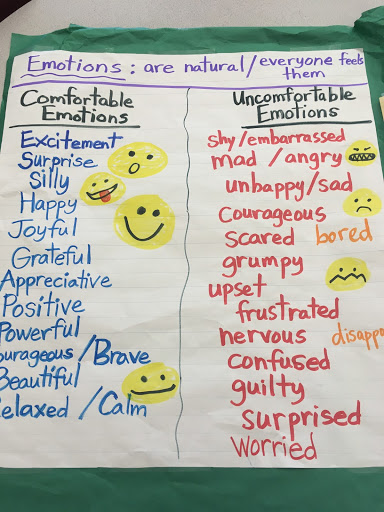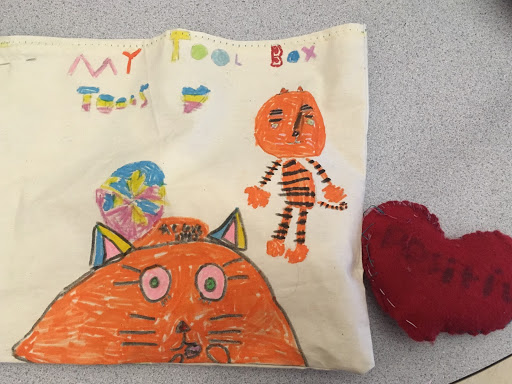A PICTURE OF PRACTICE BY 2018-2019 AGENCY BY DESIGN OAKLAND TEACHER FELLOW TASHA PURA
Tasha Pura is formerly a Making, Art and Design Teacher at LODESTAR, a Lighthouse Community Public Charter School in East Oakland, CA.
________________
Many of us might remember reading an explanation of the water cycle in a book at some point during our early education. Maybe, if we were lucky, we even watched some videos or saw a part of it in action (i.e., the classic evaporation demonstration - now you see the water, now you don’t!).
But how about embodying and acting out the whole system theatrically? Or breaking the water cycle system apart for ourselves? How about imagining and designing what it would look like as a 3D model?
During the 2018 - 2019 school year the third graders at Lodestar went on a journey with me to examine the water cycle as a system, comprised of interconnected parts and processes, each with distinct purposes. In addition to building our skills around systems thinking, we also explored ways to maximize student choice and voice along the way.
In every lesson during this water cycle unit, I asked myself where could there be more student choice and voice? These questions fell into four areas:
Content - What ideas and concepts will my students grapple with?
Product - How will my students’ final work express their authentic voice and creative ideas?
Process - How might my students decide which steps and strategies to use while creating their products?
Learning Environment - How and when will students collaborate? Where in the physical learning space might they decide to work?
Students from LODESTAR acting out the water cycle.
As a result of this extended inquiry, students explored the water cycle using multiple lenses and multiple modalities. Yes, they read and watched videos, and they also co-constructed a simulation of the water cycle by building a mini-ecosystem. They acted out the water cycle with a choice of whether to use props, motion, and sound. They also used the Agency by Design thinking routine Parts, Purposes, Complexities to analyze a chosen image of the water cycle.
LODESTAR students collaborating on their water cycle diorama project.
A big part of our journey, however, was spent designing dioramas to show their understanding of the water cycle. Students could choose to work alone or with others, what materials they would use, and how they would visually represent the key parts of the system, as well as the system’s interactions and complexities. They chose which parts would be interactive and which parts would be three-dimensional. Some students had clear themes: like the water cycle during the age of dinosaurs, or the water cycle in winter. Some students focused on painting beautiful landscapes while others worked meticulously on molding detailed figures.
A diorama made by LODESTAR students showing the water cycle during the age of the dinosaurs.
Perhaps the greatest expression of student choice and voice was in their environmental justice connections. A pair of students invented a “Social Justice Clean-Up Boat,” which depicted play-doh people going out to sea to collect trash. Another team built a “Waterworks Wall” that filters and provides clean water for their city. Another team created an interactive before-and-after feature into their diorama, showing a polluted water scene that changes into a clean water scene.
A student group’s final diorama with a key that explains the water cycle’s parts and purposes.
My biggest takeaway was learning that I did not have to show students a finished product at the beginning of a design project. This went against years of professional learning around the best practice of presenting a teacher-created or teacher-found model or exemplar. While I still do believe in showing students models so that they can have a clear vision of high-quality work and the criteria to get there, I now feel like there is a way to be more strategic and flexible about this. For example, I focused more on making sense of the criteria for a strong diorama with my students rather than putting a finished product in front of them. This allowed students to co-create a multi-faceted vision of success with me, rather than imitate a single vision of success put in front of them.
I also worked on my own diorama in stages, alongside my students. At the beginning or end of each lesson, I would unveil my latest progress and ask for students to give me feedback, and asked them for their ideas as to how I could move forward. I would try to either stay one step ahead or one step behind them, depending on how much guidance they might need. For example, during one of these feedback sessions, I waited for my students to suggest/design a way to show a cloud raining or sun emitting heat, which encouraged them to inspire each other rather than look to me for ideas.
As a result of these teaching moves and the opportunities for student choice built into these learning experiences, my students discovered that not only could they design a product that shows accurate parts of a system interacting in a beautiful and ethical way — they could create a product that is truly authentic to them.
“We learn our most powerful lessons by creating meaning ourselves. I believe maker-centered learning is when we explore ideas through all our senses, while thinking critically as we do so, to reach deeper understanding.”
Tasha Pura is formerly the 3rd/4th Grade Making, Art and Design Teacher at LODESTAR, a position that allowed her to bridge her experience facilitating rigorous, multidisciplinary and project-based learning with her personal passions in visual arts, photography, and design. After engaging in community activism and international development, she has dedicated the last 10+ years to promoting educational equity in the Bay Area, from both within and outside the classroom. Since receiving her Masters in Education from Stanford in 2011, she has been an early elementary teacher serving children and families in East Oakland. Her passion is to design innovative and holistic approaches that will bolster college, career and life readiness.
